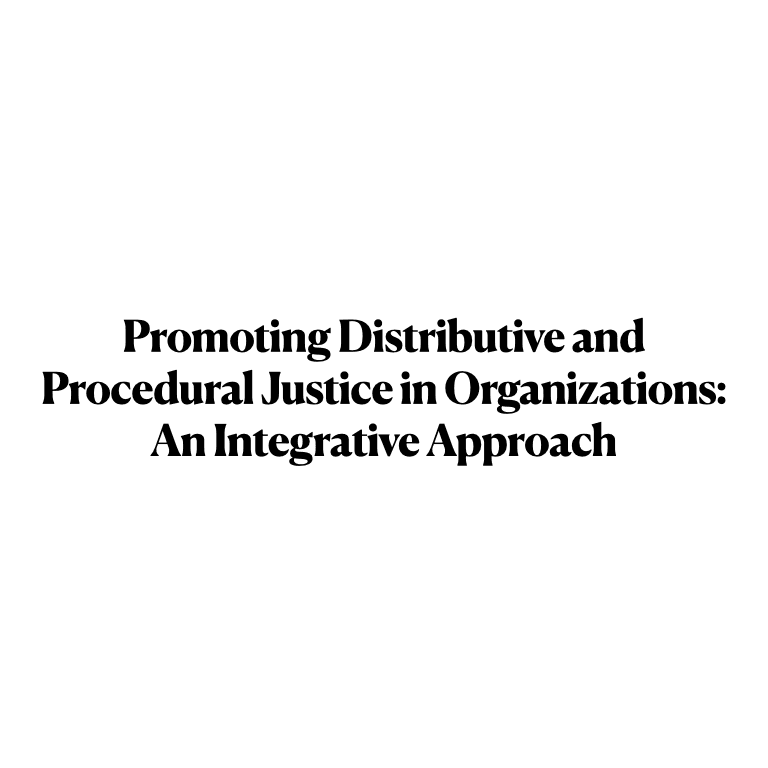
Promoting Distributive and Procedural Justice in Organizations: An Integrative Approach

Content Summary
In my paper, I delved into the reasons why principles of distributive and procedural justice are often violated in organizations, despite widespread awareness. I argued that these violations are primarily due to inaccurate perceptions and stereotypes influenced by media, including popular shows like "The Big Bang Theory." These media portrayals often embed stereotypes about gender, race, and social behavior, inadvertently shaping managerial assumptions and workplace interactions. This results in biased treatment and decision-making, deviating from the principles of distributive and procedural justice. I emphasized that these biases are subtly reinforced in our daily consumption of media, affecting our perceptions and actions in professional environments.
To enhance awareness of issues relating to distributive and procedural justice, I proposed active involvement in diversity-awareness initiatives and open, respectful dialogues on racism and discrimination. By participating in relevant clubs and movements and engaging in discussions with individuals from varied backgrounds, I believe that one can deepen their understanding and sensitivity towards these issues. Additionally, I highlighted the importance of being cautious and informed about cultural differences in interactions to avoid unintentional offense. This approach not only broadens one's perspective but also fosters a culture of openness and respect for diversity in thought and experience.
However, implementing both governance models in one organization presents challenges. The primary challenge is managing two different systems simultaneously, which can lead to increased labor costs and complexities in determining which data should be governed by which model. Despite these challenges, the combined use of centralized and local governance models offers a balanced approach to data management, catering to the diverse needs of an organization's data landscape. This strategy allows for efficient management of various data types, each with its own change frequency and governance requirements.